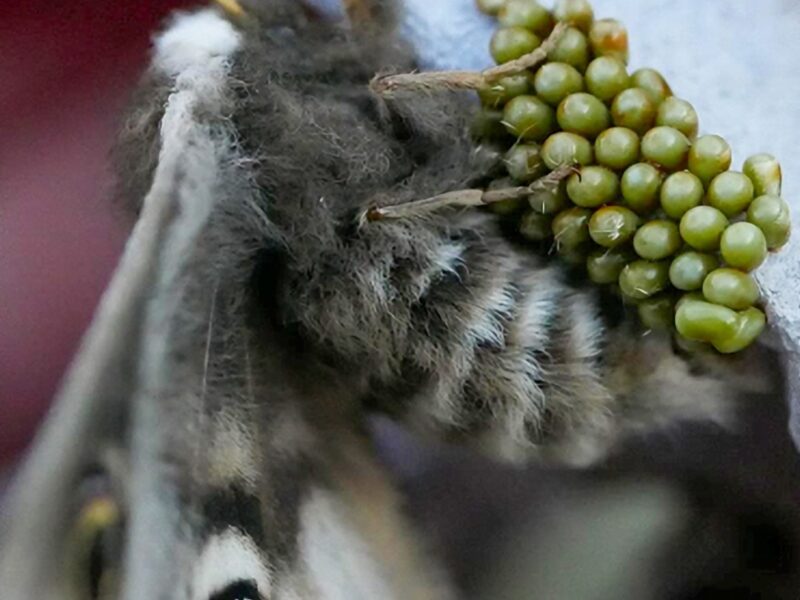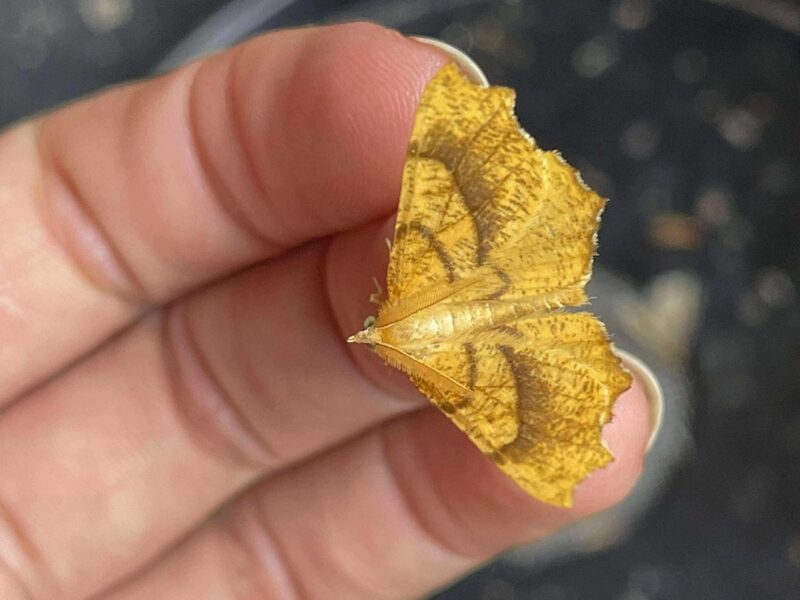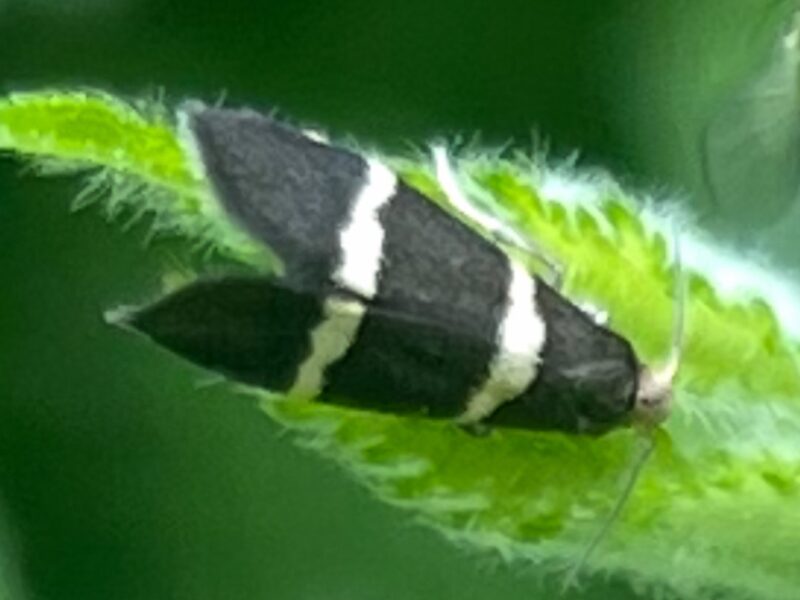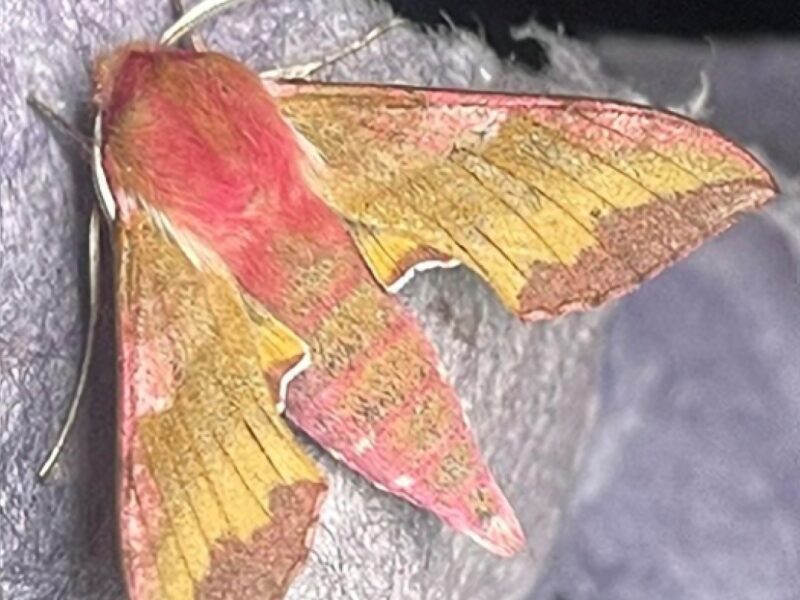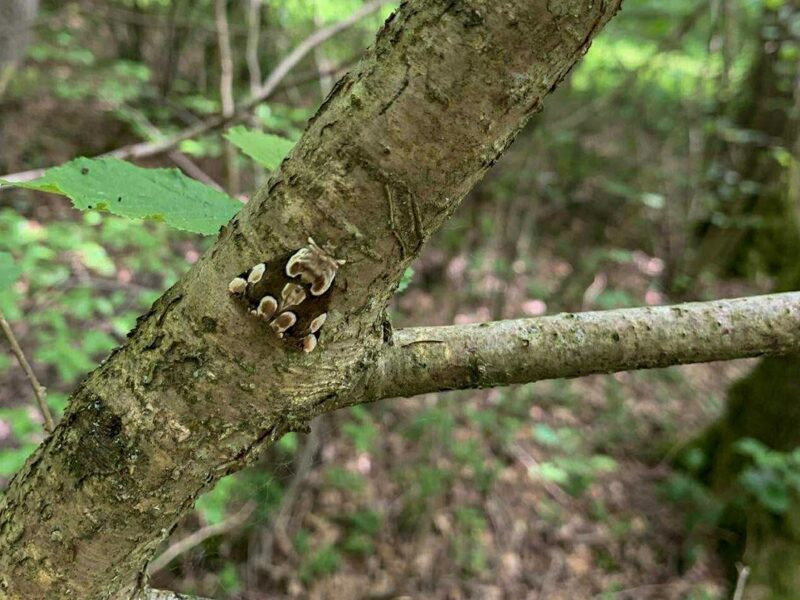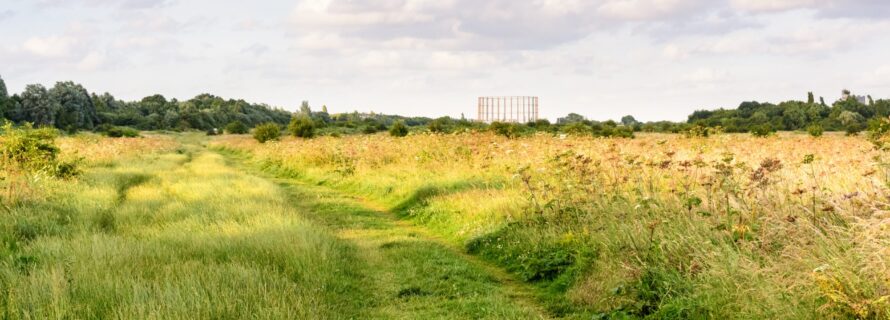Throughout the 2025 moth flying season, our Environmental Education Instructor Eleanor Denniss carried out regular moth trapping at High Elms Country Park in Bromley. The project set out to monitor moth populations across the site and to understand what these species can tell us about the health of our local habitats.
Moths are vital indicator species. They help us understand the condition of our woodlands, meadows and specialist habitats. Some moths can only survive in very specific environmental conditions. When these species appear in our traps, they help to paint a clear picture of how our ecosystems are functioning.
This year was an exceptional season. Last year we recorded 856 moths of 133 species. This year we recorded more than 1,000 moths representing 173 species. These included woodland specialists, red data book species and rare migrants. All data has been entered into iRecord so it can support research and national monitoring, especially during a year when many invertebrate populations have increased due to warm, dry weather.
The public were invited to our moth mornings to see the incredible diversity and beauty of these often overlooked insects. Invertebrates form the backbone of a healthy ecosystem. Without them, neither people nor wildlife can flourish. Sharing their importance with our community helps ensure they are understood, valued and protected.
Several highlight species were recorded on site this year.
- Clifden Nonpareil. This species was once a UK resident until the 1980s. It returned as a rare migrant in 2007. There have been only 30 records across Kent and this sighting is the third recorded in the borough.
- Scarce Shoot Borer. First discovered in 1974. Only five records exist across the UK. Although there are small pockets in the South East, it remains a red listed and red data book species.
- Small Elephant Hawkmoth. One of only two hawkmoth species recorded this year. Although not rare, it is highly sensitive to disturbance and has a short flight window. Ours is the seventh county record.
- Emperor Moth (Saturnia pavonia). Found on a bank, close to High Elms. This is the UK’s only native silk moth. These heathland specialists are making a gradual comeback from the brink of extinction. We recorded not only one moth but a breeding pair. Successful pairing and egg hatching excited lepidopterists across the borough. It also suggests the species is returning to Kent and London. We hope to see numbers rise again next year.
The species recorded this season highlight the importance of ongoing habitat care and the value of community engagement. They also guide our future work, helping us identify areas that may need further development to support wildlife as effectively as possible.


